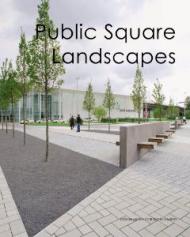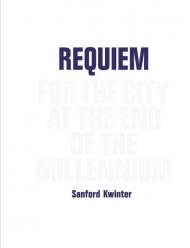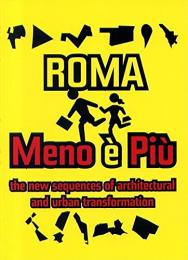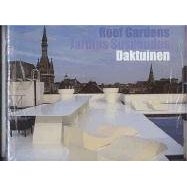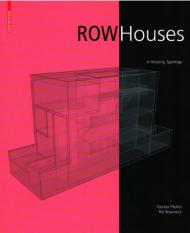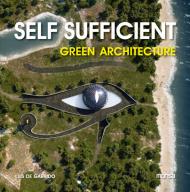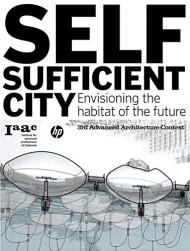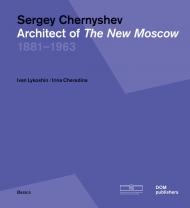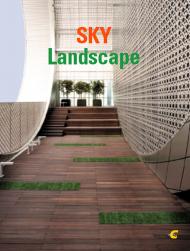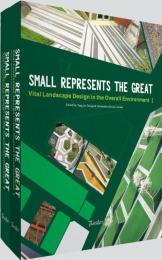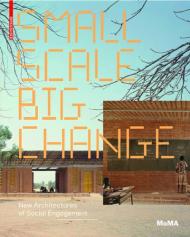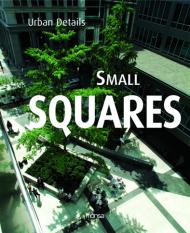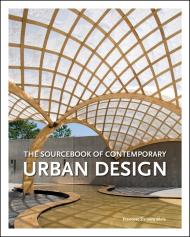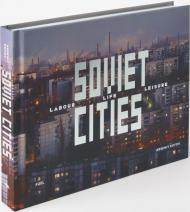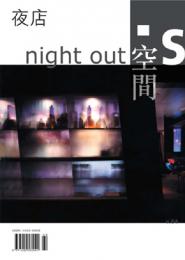A public square offers a peaceful sanctuary from hectic city life and an attractive destination for people to meet and stay. It is an embodiment of the unique characteristics of local architecture and culture, as well as people’s attitude of returning to nature. The book selects the latest projects of public square landscapes around the world, including memorial squares, transportation squares, educational squares, healthcare squares, commercial squares, corporate squares, distribution squares and recreational squares.
Projects featured in this book:
M e m o r i a l
Chicago Riverwalk
Šiluva Square
T r a n s p o r t a t i o n
Square des Frères-Charon
Place d’Youville
Place Bourget
Jacaranda Square
E d u c a t i o n a l
The Brochstein Pavilion at Rice University
Parade Ground, University of the Arts London
Angel Field
National Centre of Indigenous Excellence
BGU University Entrance Square & Art Gallery
Universitätsplatz Frankfurt (Oder)
H e a t h c a r e
LAC+USC Medical Center
Therapy Garden, Children’s Specialized Hospital
Extension of the St. Bonifatius Hospital in Lingen
Chang Gung Hospital
C o m m e r c i a l
arenaboulevard/amsterdamse
City Square Urban Park
Quincy Court
Clarke Quay
Shanghai Gubei Gold Street
Melbourne Convention Exhibition Centre
Malvern City Square
1111 Lincoln Road
Plaza Dalí, Madrid
Jockey Plaza Boulevard
Circle on Cavill
Santa Monica Place
Southport Central
C o r p o r a t e
Fukuoka Bank
EnBW City
Enterprise Plaza at 1100 Louisiana
Red Soils Plaza
Solingen Townhall Square
D i s t r i b u t i o n
Station Square Apeldoorn, The
Netherlands
ULAP-Square Berlin
Ursulines Square
Koelnmesse Nord
Target Plaza at Target Field
Plaza Indautxu
CONTENTS
Vancouver Convention Centre
Expansion Project
Frederiksberg New Urban Spaces
Place des Festivals
R e c r e a t i o n a l
Mathilde Square
Town Hall Square
Piazza Municipio_Povegliano
West Hills Corporate Pointe Caféand
Conference Center
Tecnoparque
Furtwängler Garden
Southeast False Creek Plaza
Fahrzeugwerke Falkenried
Fontana square in Quinto de Stampi
Coquitlam Spirit Square
from the following design firms:
360°Landscape Architects
AFFLECK + de la RIVA architectes
ALSOP Architects
ASPECT Studios Pty Ltd.
Atlas Landscape Architecture
Auböck + Kárász
BCA Landscape UK
Buro Lubbers Landschapsarchitectuur&Stedelijkontwerp
Chyutin Architects Ltd.
Claude Cormier Architects Paysagistes
DAOUST LESTAGE Inc. Architecture Design Urbain
EARTHSCAPE, Inc.
FSWLA Landschaftsarchitektur GmbH
Gnuechtel Triebswetter Landscape Architects
Grupo de Diseño Urbano S.C.
Henningsen Landschaftsarchitekten BDLA Berlin
JAAM Sociedad de Arquitectura s.l.p.
Janet Rosenberg + Associates (JRA)
Karres en Brands Landschaps Architecten bv
Labics
L’Escaut Architectures.
Lodewijk Baljon Landschapsarchitecten
MANGADO & ASOC. SL.
METROPOLIS PERU
McGregor+Coxall
MICROSCAPE Architecture_Urban Design
Natkevicius
Ong&Ong Pte Ltd
Oslund.and.Assoc.
Phillips Farevaag Smallenberg
PLACE Design Group
Planet Earth Ltd.
PWL Partnership Landscape Architects Inc.
Raymond Jungles, Inc.
Rehwaldt Landschaftsarchitekten
Rios Clementi Hale Studios
Ross Barney Architects
RushWright Associates
Scape Landschaftsarchitekten
SLA.
SQLA Inc.
SWA Group
The Jerde Partnership
The Office of James Burnett
Thomas Biro Associates
Посмотреть избранные развороты книги Public Square Landscapes
Посмотреть ролик издательства о книге Public Square Landscapes
